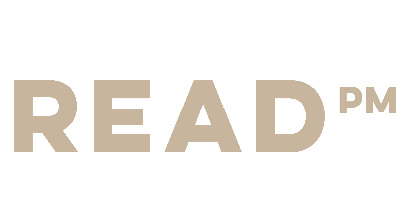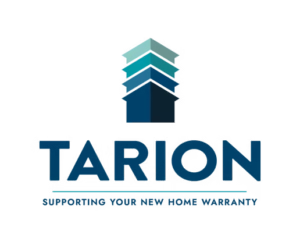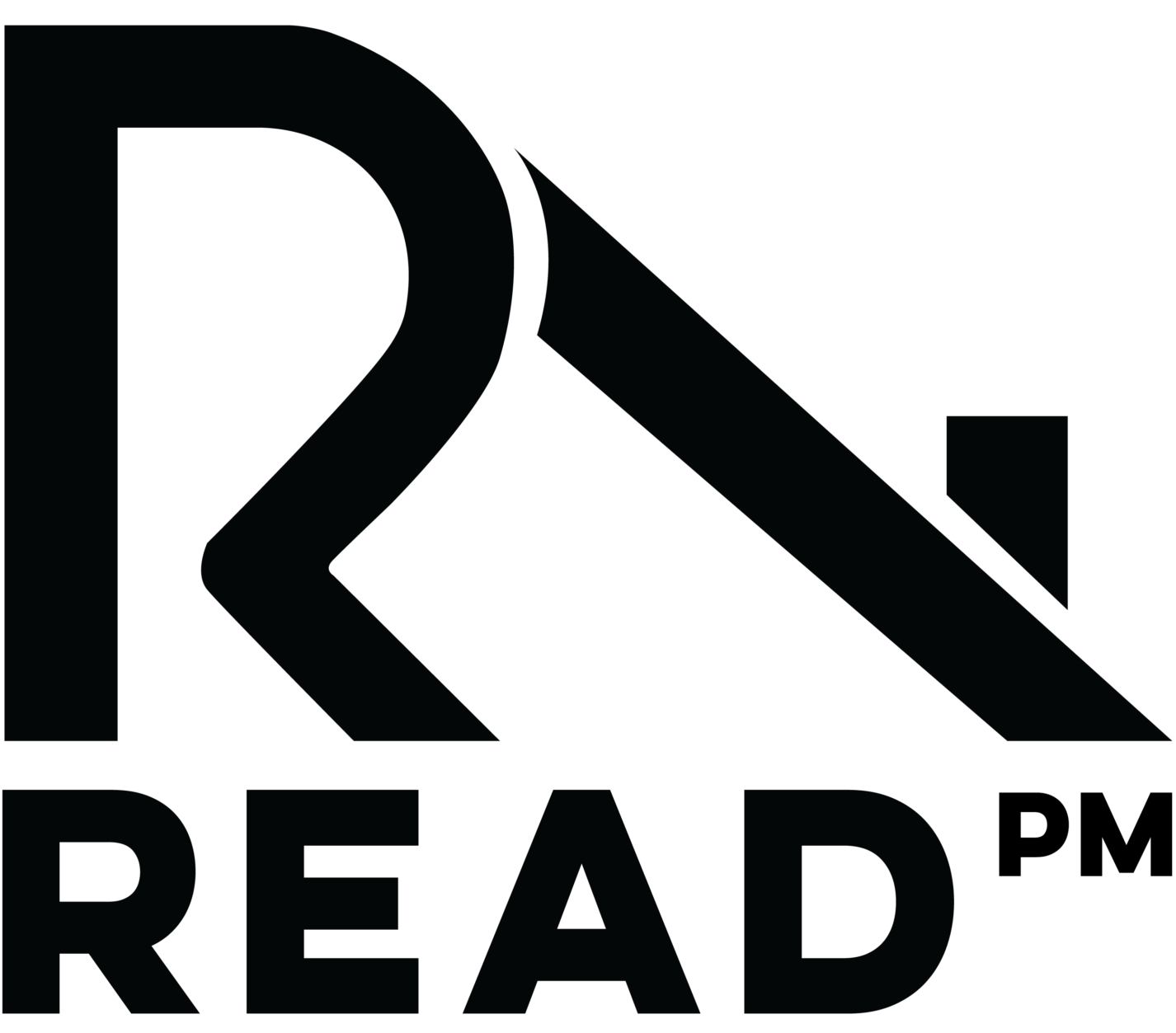
Welcome to Condo’s Corner!
Brought to you by Daulton Read, President of Read Property Management
Issue #15
Get ready for a weekly dive into condo living like never before with Condo’s Corner! Speaking from my perspective as a Condominium Manager in the Niagara region, my goal is to entertain and provide valuable management insights and stories that can help you live your condo life a bit better—all with a little bit of wit, charm, and practicality.
Understanding Condo Repair and Maintenance: Your Role as a Unit Owner
Condominium living offers numerous benefits, including shared amenities and reduced individual maintenance responsibilities. However, understanding how repair and maintenance duties are divided between unit owners and the condo corporation is important to ensure smooth operations and protect your investment.
Throughout many years in the field, one common disconnect has been the line between what maintenance an owner is responsible for and what the condominium corporation is responsible for. To be honest, this can be confusing, and every condo corporation is different depending on the wording of its governing documents. So, let’s dive into it!
Defining Maintenance and Repair Responsibilities
Maintenance Responsibilities
Maintenance typically involves the ongoing care of your unit and the shared property. The condominium declaration, particularly Schedule C, defines the boundaries of your unit. As a general rule:
-
Within Unit Boundaries: You are responsible for maintaining everything inside your unit’s boundaries. This includes appliances, plumbing fixtures, and finishes like paint and flooring, and usually the interior side of your windows and doors.
-
Exclusive Use Areas: If an item serves only your unit (e.g., a balcony or HVAC system), even if it’s outside your unit’s physical boundaries, you may be responsible for its upkeep. Check the maintenance section of the declaration for clarity. This can even include plumbing pipes that stem off the condo’s main stacks to service only your unit!
Repair Responsibilities
Repairs become necessary when damage occurs. Responsibilities depend on the location and nature of the damage:
-
Inside Your Unit: Generally, you are responsible for repairs within your unit, including damages caused by wear and tear or accidents.
-
Common Areas: Repairs in shared spaces are usually the condo corporation’s responsibility, funded through your condo fees.
-
Standard Unit Definition: The condo corporation’s obligations often extend to the “standard unit,” which refers to the unit’s original state as provided by the developer. Upgrades or alterations are your responsibility to repair or replace.
One very important note, if an owner, guest, tenant, etc causes damage, then the corporation may seek to recover costs from them if the damage was caused intentionally or through negligence.
Key Areas of Responsibility
1. Common Elements and Shared Amenities
The condo corporation is responsible for maintaining and repairing common areas like the roof, parking areas, landscaping, and shared amenities (e.g., gym, pool). These expenses are covered by the monthly condo fees. Owners should report issues in these areas to management or their superintendent to ensure timely repairs.
2. Private Units
Unit owners must handle repairs and maintenance inside their units. For instance:
-
Fixing leaks, electrical issues, or broken appliances.
-
Replacing flooring or repainting walls.
-
Addressing damages caused by accidents within the unit.
Be aware that negligence in maintaining your unit could lead to disputes, especially if damages affect neighbouring units or common areas. For example, a leaky pipe in your unit causing water damage elsewhere may compound a negative situation.
3. Exclusive Common Elements
Exclusive common elements are areas or components that exclusively serve your unit but are part of the building’s structure, such as balconies, windows, or exterior doors. Specific responsibilities for these elements vary by condo corporation. Review the bylaws and declaration to determine whether the corporation or the owner handles maintenance and repairs.
Here’s An Example
Here is how a condominium in Niagara South has worded its declaration for repairs and maintenance.
Declaration, Schedule C – Unit Boundaries

Declaration, Section 5 – Boundaries of Units

This means that in addition to what is defined in Schedule C of this condo’s declaration, you, as an owner, are responsible for the items listed in Section 5 as well. This includes:
Utilities equipment: Fans, pipes, fixtures, wires, cables, conduits, ducts, meters, or similar apparatus that provide utilities (electricity, cable TV, telephone, water, gas, lighting, sewers) to your unit specifically, even if they’re located outside your unit’s boundaries
HVAC equipment: Heating, air-conditioning, or air filtration equipment that serves only your unit, including the condensing unit, line set, and mounting components for the condenser
Interior surfaces: The interior surface of all windows and doors, interior sash, interior of window frames, mechanisms, locks, screens, and tracks of windows and doors.
However, it’s important to note that you’re not responsible for:
Structural elements: Horizontal and vertical structural components of the building
Shared systems: Any equipment or systems that serve other units or common elements, even if they’re within your unit’s boundaries.
This is why it is important to thoroughly review the condo corporation’s governing documents (Especially before purchasing a unit!).
Why Owners Must Take Responsibility
While the condo corporation manages shared spaces and amenities, individual owners are pivotal in preserving the value of their units and the overall property. Here’s why it matters:
-
Preventing Escalation: Regular maintenance prevents minor issues from becoming costly repairs.
-
Preserving Property Value: Well-maintained units contribute to the overall appeal and market value of the condominium.
-
Avoiding Disputes: Clear understanding and fulfillment of responsibilities minimize conflicts with neighbours and the condo corporation.
Best Practices for Owners
-
Stay Informed: Familiarize yourself with your condo’s declaration, bylaws, and rules.
-
Perform Routine Maintenance: Regularly inspect and maintain your unit’s components.
-
Budget for Repairs: Set aside funds for unexpected repairs or replacements.
-
Communicate with the Board: Report common area issues promptly and seek clarification on responsibilities when needed.
-
Consult Professionals: For complex repairs, hire qualified contractors to ensure proper fixes. Don’t be afraid to ask management for recommendations!
Condominium ownership comes with shared and individual responsibilities. By understanding and adhering to your maintenance and repair duties, you contribute to the smooth functioning of the condo community and protect your investment. Take the time to review your condo documents and proactively maintain your unit to enjoy stress-free condo living.
Let’s Hear It From You!
Got a condo tale to tell or burning questions about condo living? Don’t be shy—share ’em with me! Whether it’s a funny story, a management mystery, a celebratory story, or just a nightmare, we’re all ears. All you need to do is reply to this email so we can keep the content coming.
Make sure to share this newsletter with your friends, family, and, more importantly – that neighbour who could learn a few things!
Just a quick heads-up: while I strive to deliver top-notch content, I’m not liable for any actions or mischief that might stem from my thoughts. Remember, I’m here to entertain and inform, not dispense legal advice. Also some links shared may be affiliate links. And if you’ve got a bone to pick with anything I say, fire away! Complaints make great conversation starters.
– Daulton R.


